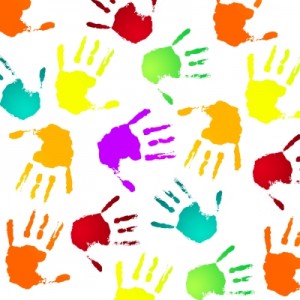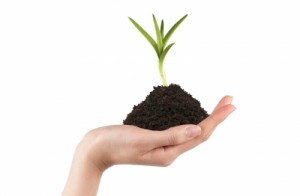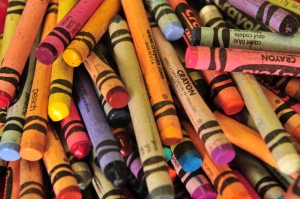Two weeks ago, I wrote about the absence of information I was able to find about creating artistic statements for writers. This week, I’d like to offer my own thoughts on why this might be, why I think it’s important for writers to create one anyway, and ideas for scaffolding this tool.

image courtesy of freedigitalphotos.net
Artistic statements for writers are treated differently than artistic statements for visual artists. Visual artists are advised to create their artistic statement around a body of work — if not their whole oeuvre, then a distinct, thematically-linked portion. Writers are encouraged to create an artistic statement for a small, specific purpose: a particular project, or an application for a literary grant.
I agree with the usefulness of creating a unique statement for literary grant applications, but it is not the same thing as the artistic statement is for visual arts. Visual artists create artistic statements for public purposes: gallery exhibitions, portfolio preparation. Writers, if they do create artistic statements separately from individual applications, may do so from a more private desire to conceptualize a particular writing project for themselves.
While I think that’s useful, we writers are cheating ourselves if we never create an artistic statement that addresses the totality of our relationship with our art. Writing is a process of discovery — of ourselves, as well as our characters or our topics — which can only make our future writing better. I got some fascinating insights about my vision by creating my own artistic statement — although it was never meant for public consumption.
The bonus for creating a writer’s artistic statement is that we can poach that language for many other materials: personal websites, event bios, press releases, and so on.
A writer’s artistic statement is about vision. Visual artists have to drill down with words. Writers need to get words to coalesce into something bigger.
What about you? Have you got a vision? How do you know?
Ideas for scaffolding an artistic statement for a writer: feeding the roots

image courtesy of freedigitalphotos.net
I like Natalie Goldberg’s analogy of good writing as composting. It involves the mingling and enriching of disparate-seeming ideas over time. The first thing to do, therefore, is brainstorm.
I’ve shamelessly stolen a lot of the structure of the following from Molly Gordon. The questions about writing are my own.
Take a few minutes and think about why you write. How did you get into writing? How do you feel when work is going well? What are your favorite things about your work? Jot down short phrases that capture your thoughts. Don’t worry about making sense or connections. Use a pen. Don’t delete, cross out, or throw out that sheet of paper to start fresh (in other words: no editing!).
Next, make a list of words and phrases that communicate your feelings about your work and your values. Include words you like, words that make you feel good, words that communicate your values or fascinations. Be loose. Be happy. Be real. These are all potential compost ingredients. It’s no time to be selective.
Continue your exploration by answering these questions as simply as you can. We’re not editing yet — let it all hang out:
What is your favorite genre? Why?
Do you ever play with other genres? Why?
Do you like to begin your work from a grand idea? from a small detail? from a character/person? from place? Why?
Do you prefer to write long-hand or using a computer? Do you use a digital recorder and transcribe thoughts and notes? Why?
What do you do differently from the way you were taught? Why?
What inspires you?
What patterns emerge from your work?
What do you like best about what you do?
What do you mean when you say that a project has turned out really well?
Go back to your word list. Add new words suggested by your answers to the questions above.
Choose two key words from your list. Look them up in a dictionary. Read the definitions, and copy them, thinking about what they have in common. Look your words up in a thesaurus. Read the entries related to your words. Are there any new words that should be added to your list?
Write five sentences about your relationship to your work. Be truthful. How do you feel when your work is going well? How do you start? How do you know a piece is done? What do you want your readers to experience?
Take as much time as you need to brainstorm. To get good dirt, you’ve got to add a lot of material and keep turning it over. If you’re patient, it’ll do all the work for you.
Can you smell it? What are some words that you love?

